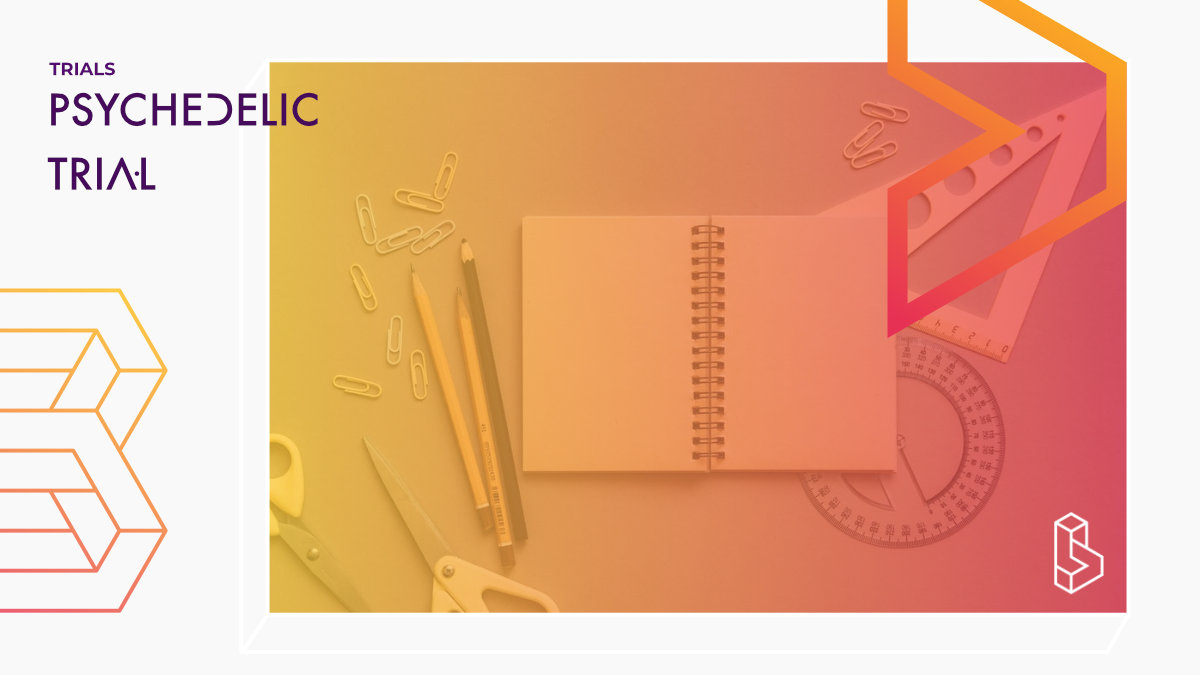This interventional study, named PREDICT and conducted by Maastricht University, aims to comprehensively evaluate the acute and subacute effects of 2C-B compared to psilocybin and a placebo. The study involves assessing various cognitive, emotional, and behavioural outcomes, including acute dosing day performance, cognition, behaviour, fMRI, pharmacokinetics, subjective effects, and subacute behavioural changes.
The primary outcome measure is acute dosing day performance, assessed by the digit symbol substitution task. The study aims to develop an imaging-metabolomics machine learning algorithm to predict the risk profile of novel psychoactive substances (NPS) using point-of-care blood samples. Eligible participants, aged 18 to 40, with previous psychedelic substance experience, will be randomly assigned to receive oral 2C-B, oral psilocybin, or a non-active control in a crossover design. The trial involves three dosing days with follow-ups on day 2 and day 5, with a two-week washout period between administrations.
Trial Details
Trial Number
Sponsors & Collaborators
Maastricht UniversityMaastricht University is host to the psychopharmacology department (Psychopharmacology in Maastricht) where various researchers are investigating the effects of psychedelics.
Papers
Psilocybin and 4-Bromo-2,5-Dimethoxyphenethylamine (2C-B) at Encoding Distort Episodic FamiliarityThis re-analysis of an RCT study (n=20) tested the acute effects of psilocybin and 2C-B on the encoding of emotional episodic memories. The study finds that both psychedelics impair estimates of recollection and familiarity, increase familiarity-based false alarms for emotional stimuli, and affect metamemory, indicating a common neurocognitive mechanism across these drugs.
The forgotten psychedelic: Spatiotemporal mapping of brain organisation following the administration of 2C-B and psilocybin
This pre-print, double-blind, placebo-controlled crossover study (n=22) investigates the neural effects of 2C-B (20mg) compared to psilocybin (15mg) and placebo using 7T resting-state functional MRI. The results reveal that both 2C-B and psilocybin reduce intra-network connectivity while enhancing between-network connectivity, with 2C-B showing less impact on certain connectivity measures but greater transmodal connectivity.
Assessment of the acute effects of 2C-B vs psilocybin on subjective experience, mood and cognition
This double-blind study (n=22) compares the effect of 2C-B (20mg) and psilocybin (15mg). It finds that 2C-B elicited alterations in consciousness of a psychedelic nature but with a shorter duration of self-reported effects than psilocybin. The study categorised 2C-B (at least at that dose) as a subjectively "lighter" psychedelic.

